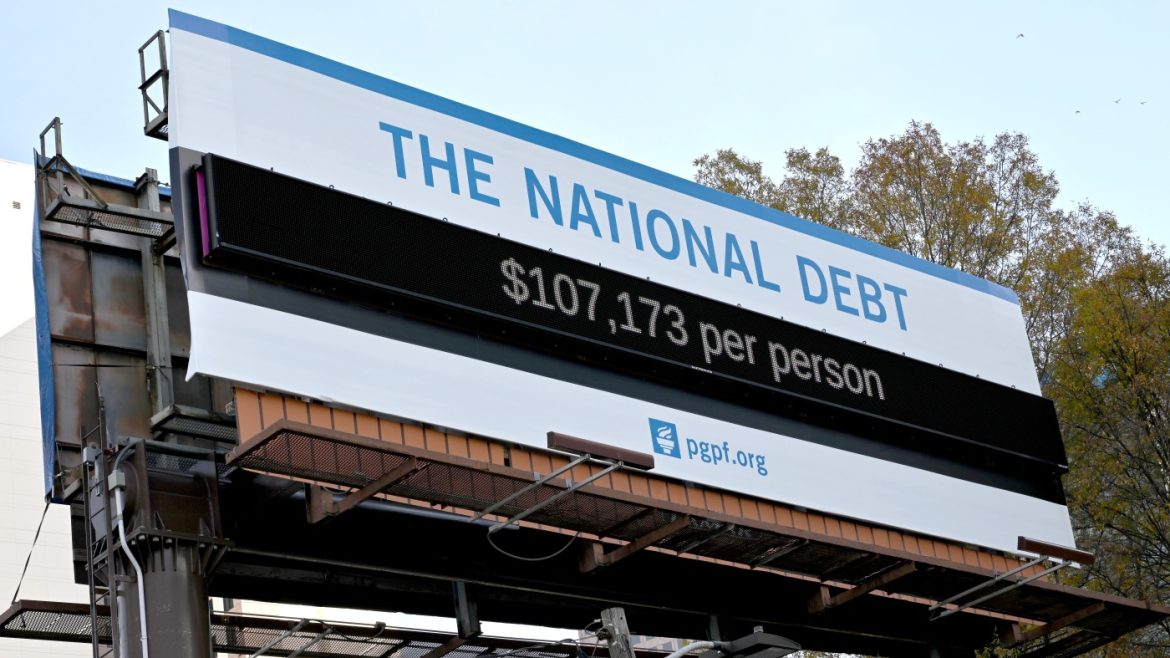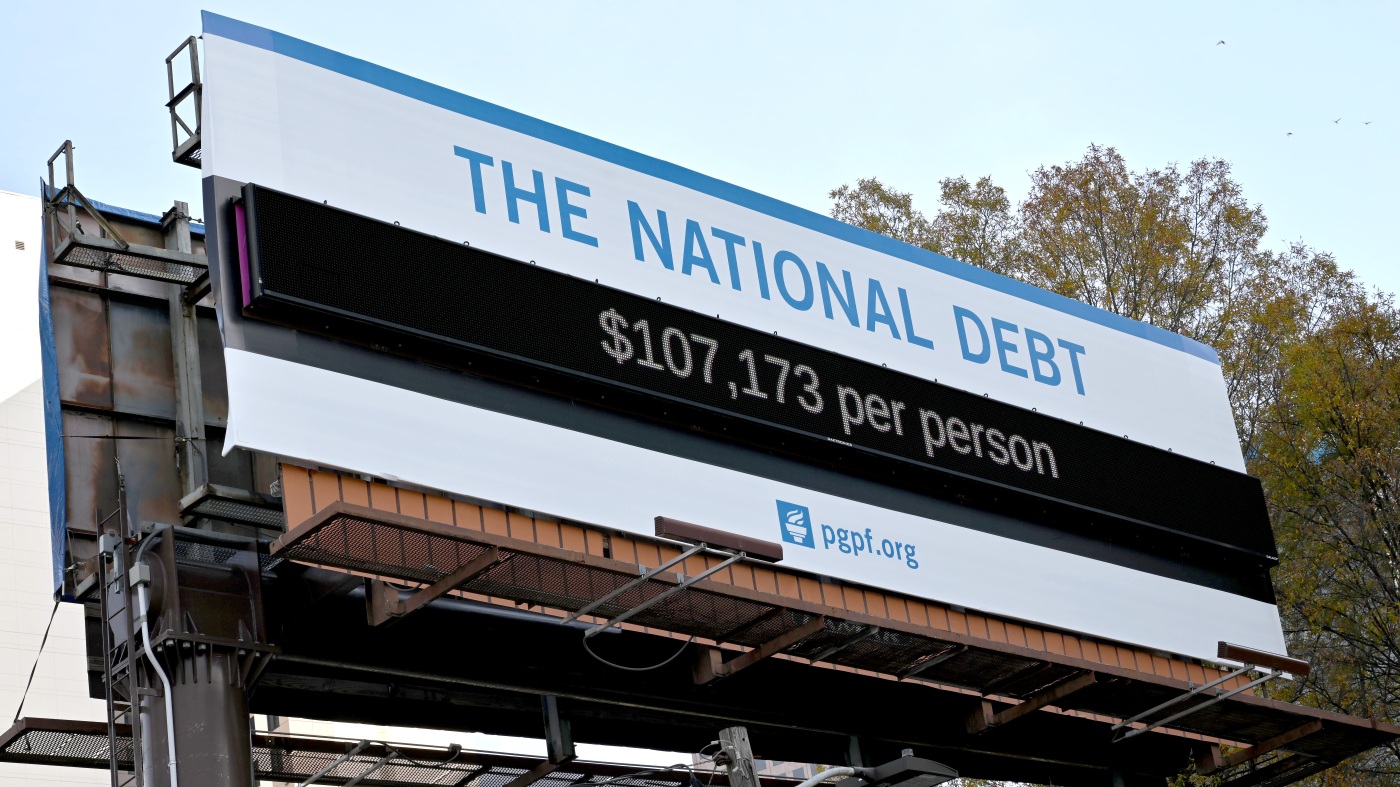The United States national debt has long been a topic of concern, but recent legislative actions by the GOP have intensified the debate. The passage of what many are calling a “megabill” has sparked discussions about the long-term implications of this sweeping legislation, which includes tax cuts, spending provisions, and policy changes. The bill’s potential impact on the national debt is substantial, with estimates suggesting trillions of dollars could be added over the next decade. This raises critical questions about the sustainability of current fiscal policies and the economic consequences for future generations.
The most immediate and widely reported consequence of the GOP’s megabill is its projected impact on the national debt. Multiple sources provide varying estimates, but the consensus points toward a significant increase. The Congressional Budget Office (CBO), a nonpartisan agency, projects that the bill would add significantly to the national debt, with estimates ranging from \$2.4 trillion to \$3.3 trillion over the next 10 years. The Yale Budget Lab offers a similar assessment, estimating an increase of around \$3 trillion over the same period. The Committee for a Responsible Federal Budget (CRFB) suggests an even more drastic scenario, potentially raising the national debt to 126% of GDP by 2034, with deficits possibly reaching \$5.5 trillion. Moody’s Ratings has even downgraded the nation’s debt, citing the potential for the new bill to add \$4 trillion to the federal primary deficit over the next decade. These figures highlight the substantial financial burden that the megabill is poised to place on the nation.
The GOP’s megabill encompasses a complex array of provisions, each contributing to the projected increase in the national debt. One of the central features is significant tax cuts, primarily benefiting corporations and high-income earners. Proponents argue that these tax cuts will stimulate economic growth and lead to increased tax revenues, while critics contend that the revenue generated will not offset the initial cost of the cuts. The bill also includes various spending provisions, such as cuts to programs like Medicaid and food benefits (SNAP), which are intended to reduce government spending. However, increased military spending, if included, would counteract these savings. Additionally, the Senate plan includes a sizable increase to the nation’s debt limit, lifting it by \$5 trillion. While increasing the debt limit does not authorize new spending, it allows the government to meet its existing obligations and sets the stage for further borrowing to finance the policies outlined in the megabill. These components create a fiscal environment where government revenues are reduced through tax cuts, spending is reallocated, and the national debt is projected to swell significantly.
The GOP’s megabill has distributional consequences, meaning its benefits and burdens are not evenly shared across society. Understanding these distributional effects is crucial for evaluating the bill’s overall impact. The tax cuts included in the bill primarily favor corporations and high-income earners, a deliberate policy choice rooted in the belief that lower taxes on businesses and wealthy individuals will incentivize investment and job creation. However, the bill’s potential cuts to social safety net programs, such as Medicaid and SNAP, could disproportionately affect lower and middle-income individuals and families who rely on these programs for essential needs. The increased national debt resulting from the bill will ultimately be borne by future generations of taxpayers, who will face the burden of repaying the debt, potentially through higher taxes or reduced government services. These distributional effects raise fundamental questions about fairness, equity, and the role of government in addressing inequality.
A significant increase in the national debt can have far-reaching economic consequences, affecting everything from interest rates to economic growth. As the government borrows more money to finance its debt, it can drive up interest rates, making it more expensive for businesses and individuals to borrow money and potentially stifling investment and economic activity. If the government finances its debt by printing more money, it can lead to inflation, eroding the purchasing power of consumers and businesses. A high national debt can also crowd out private investment, as investors may prefer to lend money to the government rather than invest in businesses. Over the long term, a high national debt can slow economic growth by reducing investment, increasing interest rates, and creating uncertainty in the economy. In extreme cases, a country with a very high national debt could face a fiscal crisis, characterized by a loss of confidence in the government’s ability to repay its debts. These potential consequences underscore the importance of responsible fiscal policy and the need to carefully consider the long-term implications of government borrowing.
The GOP’s megabill has ignited a fierce debate about the appropriate role of government in the economy, the merits of tax cuts, and the sustainability of the national debt. Proponents of the bill often subscribe to supply-side economics, which emphasizes the importance of tax cuts to stimulate economic growth. They argue that lower taxes incentivize investment, job creation, and increased productivity, ultimately leading to higher tax revenues. Critics of the bill often adhere to demand-side economics, which emphasizes the importance of government spending to stimulate economic activity. They argue that government investment in infrastructure, education, and social programs can boost demand, create jobs, and promote long-term growth. Some argue that the GOP’s megabill deviates from core principles of fiscal conservatism, which traditionally emphasizes balanced budgets, debt reduction, and limited government spending. They contend that the bill’s projected increase in the national debt is fiscally irresponsible and unsustainable. The debate surrounding the GOP’s megabill highlights the fundamental disagreements about how best to promote economic prosperity and ensure the long-term fiscal health of the nation.
The GOP’s megabill presents a complex set of challenges and opportunities for the future of the United States. As the national debt continues to climb, policymakers and citizens alike must engage in a thoughtful and informed debate about the path forward. This includes considering sustainable fiscal policies that promote economic growth while ensuring the long-term sustainability of the national debt. It also involves making strategic investments in education, infrastructure, and innovation that can enhance productivity, competitiveness, and long-term prosperity. Addressing inequality is another critical aspect, as implementing policies that reduce inequality and ensure that the benefits of economic growth are shared more broadly across society. Promoting bipartisan cooperation is essential to address the nation’s fiscal challenges in a responsible and sustainable manner.
The GOP’s megabill, with its projected trillions of dollars added to the national debt, casts a long shadow on the future. Whether it becomes a catalyst for economic growth or a burden on future generations remains to be seen. The choices we make today will determine the economic landscape of tomorrow. The balloon continues to inflate. The question is, how much bigger can it get before it bursts?


